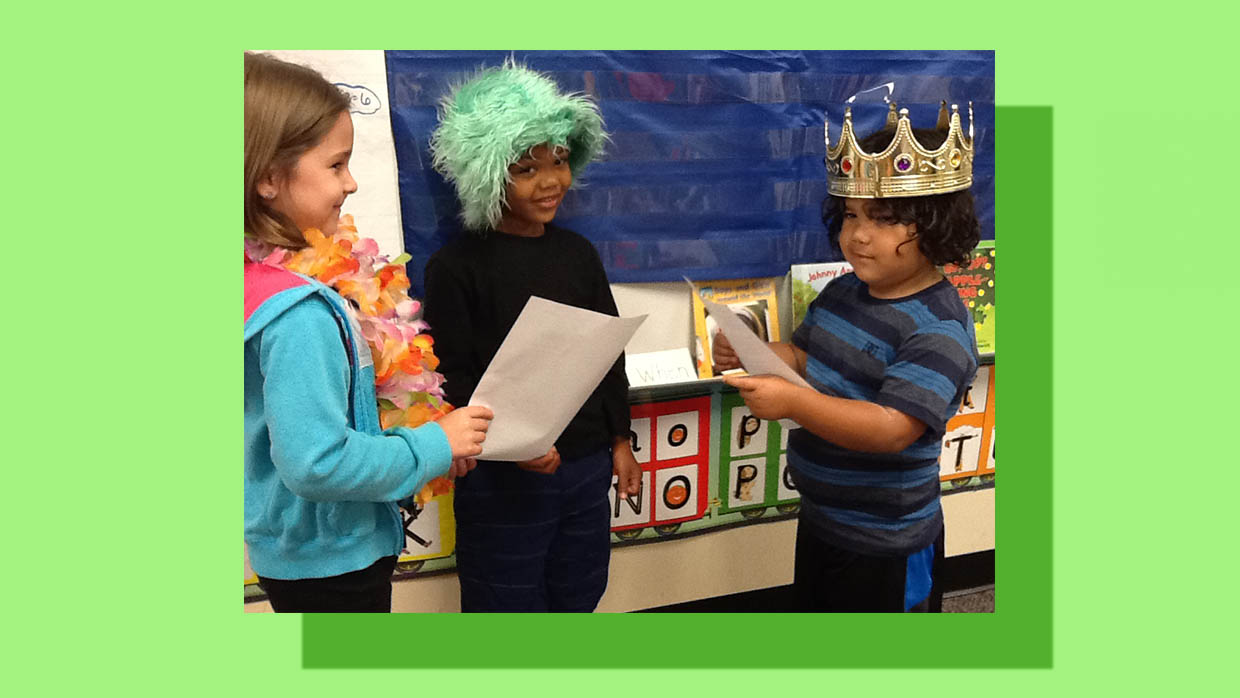In addition to being enthralling stories, fairy tales have been teaching children important morals and life lessons for centuries. For example, “Little Red Riding Hood” demonstrates the importance of being careful who you trust, while the lesson learned from “The Three Little Pigs” is that putting in the hard work from the beginning—rather than taking a shortcut—will eventually pay off.
Shop our favorite fairy tales, myths, and legends books here.
Bringing fairy tales into your classroom is a great way to spark your students’ imaginations while simultaneously teaching them about culture, history, and, of course, the art of storytelling—conventions such as narrative structure, themes, and archetypes. Here are three fairy tale-focused activities to help bring your lessons to life:
Compare and Contrast
Find different versions of the same fairy tale and have students compare and contrast them. Not only is this a great way to teach compare-and-contrast, it also opens up the possibility of book talks or universal book reports or presentations.
Check out these books that put a twist on classic fairy tales.
Act It Out
After reading some fairy tales as a group, discuss with students about how recognizing and summarizing the main ideas in a story, and conveying these through vibrant dialogue, are crucial to the writing of a dramatization. Then split the class into smaller groups and have them rehearse and act out a fairy tale of their choice.
Go to Trial
Use fairy tales to teach the judicial process by putting characters on trial. For example, Jack from “Jack and the Beanstalk” is a great character to place under examination. Discuss the following questions with the class:
What crimes did Jack commit? (Theft, trespassing, etc.)
What proof is there that he committed the crimes?
Are there any witnesses? What might they say if asked to give evidence?
Divide the class into groups, with one group acting as the prosecution, one as the defense, and one as the jury (you could even add a judge, witnesses, and detectives), and then act out a mock trial in the classroom.
